Saying yes to the dress used to be literal: choosing a single dress for your wedding day, the one you would wear to the ceremony, for your photos and then the reception. You’d walk out in the same dress you walked in wearing, because why wouldn’t you? You’d spent months choosing it, buying it and having it altered. Its cost was not insignificant. And, you know: it’s your wedding dress.
Reader, it almost goes without saying that this type of thinking is as passé as a wedding hashtag.
Blame it on our visual culture, constantly demanding new and exciting content, or our post-pandemic consumerist dopamine rush, or the millennial obsession with making events more than the sum of their parts, but it feels like it’s no longer acceptable to simply have one wedding dress.
“We definitely have brides coming in for the church dress, the reception dress and then the party dress,” says Rebecca Vallance-Gasan, whose label Rebecca Vallance launched bridal in 2020. “The second dress is a huge growth category for us,” she says. “I think it’s because there has been a return to the events around the wedding: the kitchen tea, the hen’s, the after-party brunch. I have brides asking for a going-away outfit, which is an old-fashioned idea associated with leaving for your honeymoon from the reception.”
Sofia Richie is the poster girl – sorry, poster bride – for the trend. At her April wedding to Elliott Grainge, the bride wore Chanel haute couture. And then she wore another, and another.
There was Richie’s rehearsal dinner look (a reimagined version of a gown worn by model Stella Tennant at a 1997 Chanel show), her after-party dress (a corset-style mini) and the actual wedding dress, created specifically for Richie at the Chanel salons in Paris. The whole ensemble was workshopped with Richie’s stylist, Liat Baruch, echoing another trend in the bridal world: it’s all getting much more fashionable.
“There used to be a time when bridal and ready-to-wear fashion were really separate,” says Vallance-Gasan. “But our bridal collections very much follow what is happening more generally in fashion.”
And designers are getting in on the act: Acler debuted bridal at Australian Fashion Week earlier this month after creative director Kathryn Forth saw a gap in the market for off-the-rack, on-trend bridal wear.
“When I got married, I had a few months from engagement to wedding,” she says. “And I couldn’t believe there wasn’t really anything around that you could purchase off-the-rack. Everything seemed to take forever, and I didn’t know why.” Acler’s bridal capsule is small but follows the same feminine, glamourous style lines as the main collection: pleats, ruffles and a hint of edge feature, all in crisp-as-snow white.
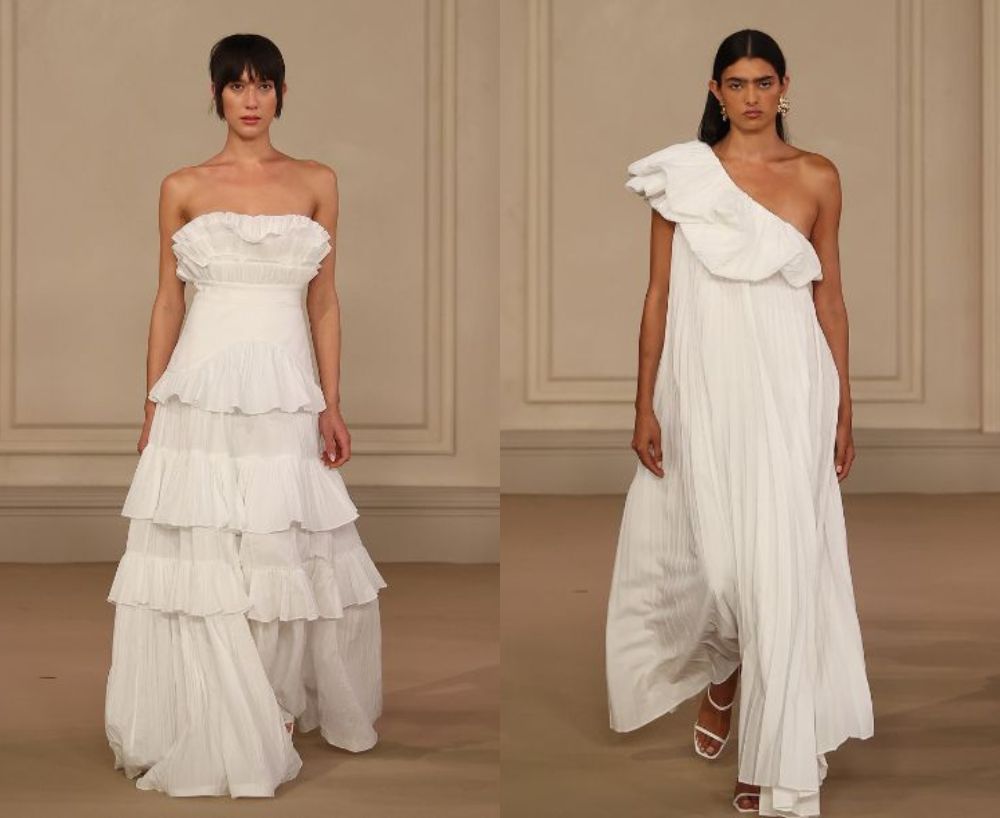
Acler is hardly alone. Kim Kardashian’s Skims has recently launched bridal wear, joining cool girl labels Khaite, Savage x Fenty, Nensi Dojaka and Staud. This is bridal, but not as you know it: streamlined and edgy from Khaite, sexy from Savage x Fenty, high-voltage glamour from Nensi Dojaka, minimal and cool at Staud, where the bridal capsule came about when designer Sarah Staudinger couldn’t find a gown for her wedding. This kind of crossover design leads to crossover appeal: fans of a designer’s ready-to-wear will naturally be inclined to look to them when the time comes for choosing a wedding dress.
“It used to be that brides who didn’t want a ‘bride’ look came to a ready-to-wear designer,” says Vallance-Gasan. “But now I think everyone just wants to look like themselves at their wedding, so why wouldn’t you choose a designer you know and love?” Like, for instance, Chanel.
And increasingly, ready-to-wear designers will moonlight as bridal designers for lucky friends – like when Aje’s Edwina Forest and Adrian Norris created a wedding gown for Nadia Fairfax (actually, they made two: one for the ceremony, and a party dress for after. Another designer friend, Michael Lo Sordo, made Fairfax a third dress).
Bridal rental is a booming segment, too, says Bernadette Olivier, CEO and co-founder of The Volte, a peer-to-peer fashion rental marketplace. She says there is significant demand for “the dress after the dress.”
“We stock the kinds of dresses women want for their ‘party dress’,” she says. “But you don’t always need that forever, so rental can be a more economically viable option. We see a lot of brides looking for a shorter, more playful dress for dancing after dinner.”
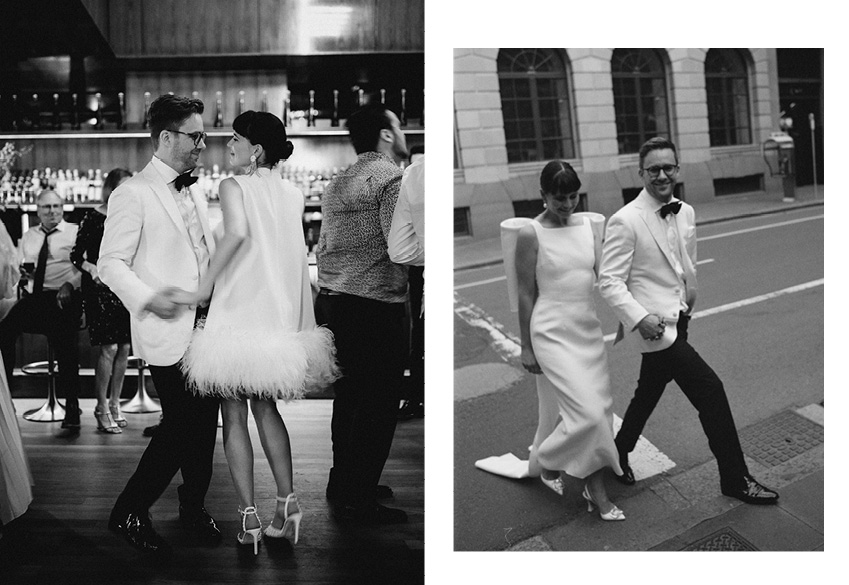
Anastasia Tushuizen launched her own, Melbourne-based range of short dresses to complement the range of French couture gowns stocked by her bridalwear company Carte Blanche. “Some brides want that dancing dress for evening, while others want a dress they can wear again – they’re very conscious about sustainability,” she says. “You can see it, too, in those women who choose separates, like a beautiful lace top they’ll wear full skirt and then a pant for evening.”
“Bridal dressing is more fun now,” adds Vallance-Gasan. “If I was getting married today, of course I’d have all the dresses. It’s cool, it’s playful – and it’s your wedding. Why not make your big day a big day, you know?”
Images supplied and Getty




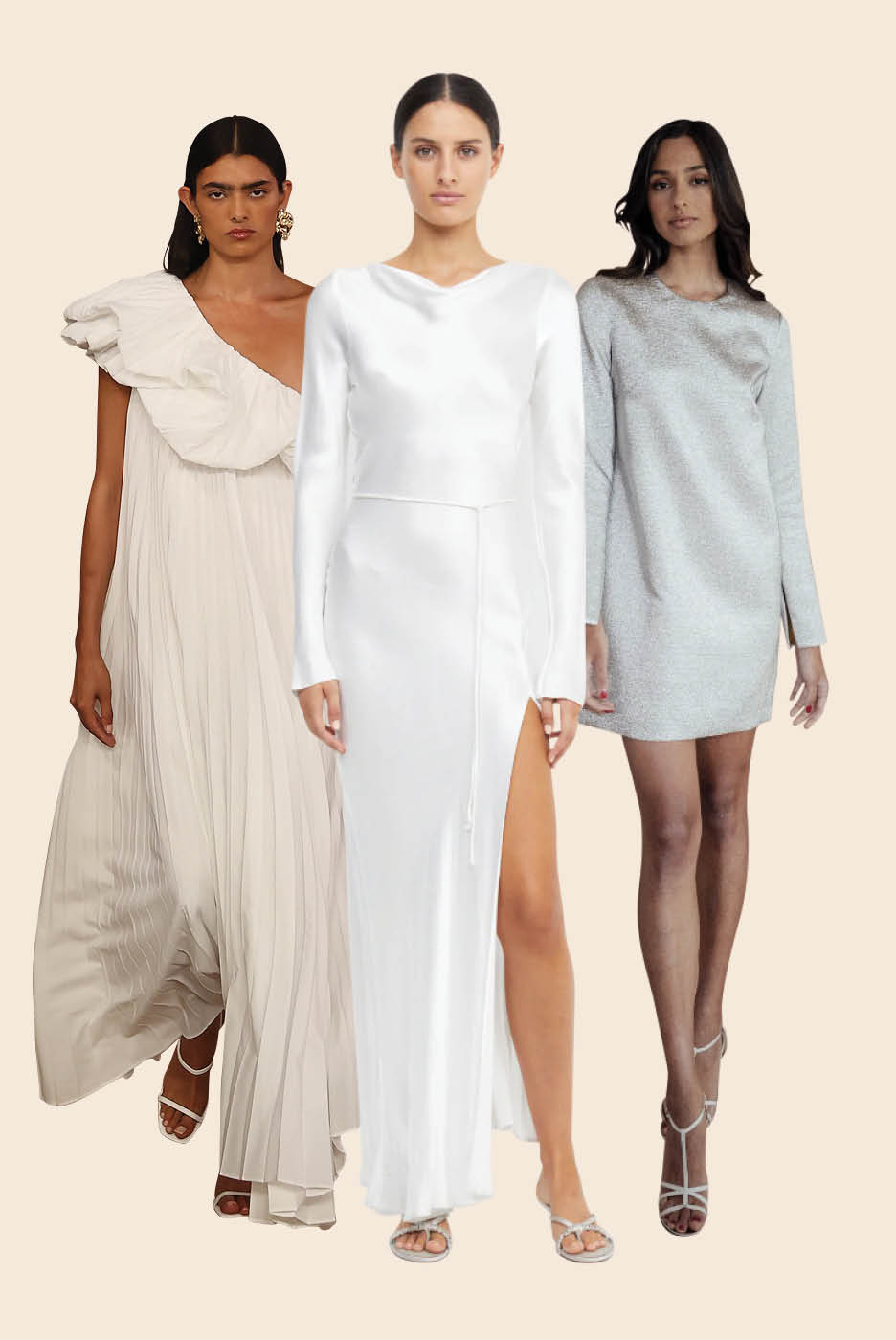
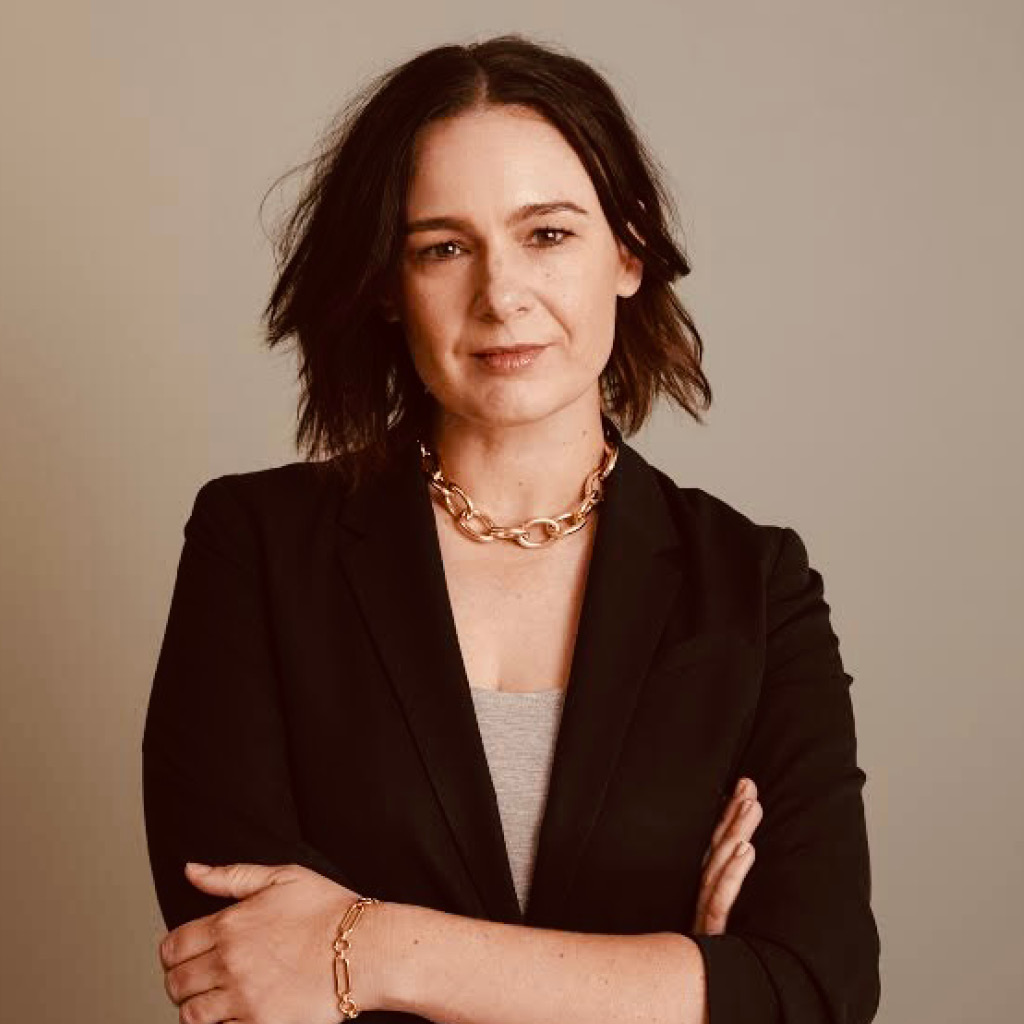


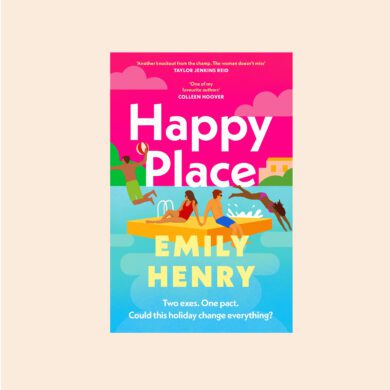
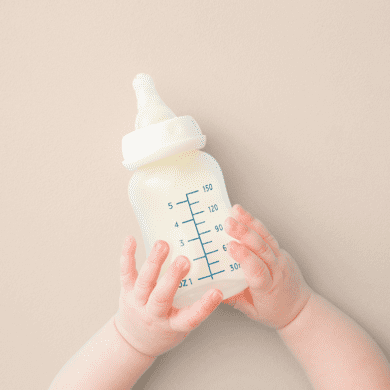


No Comments